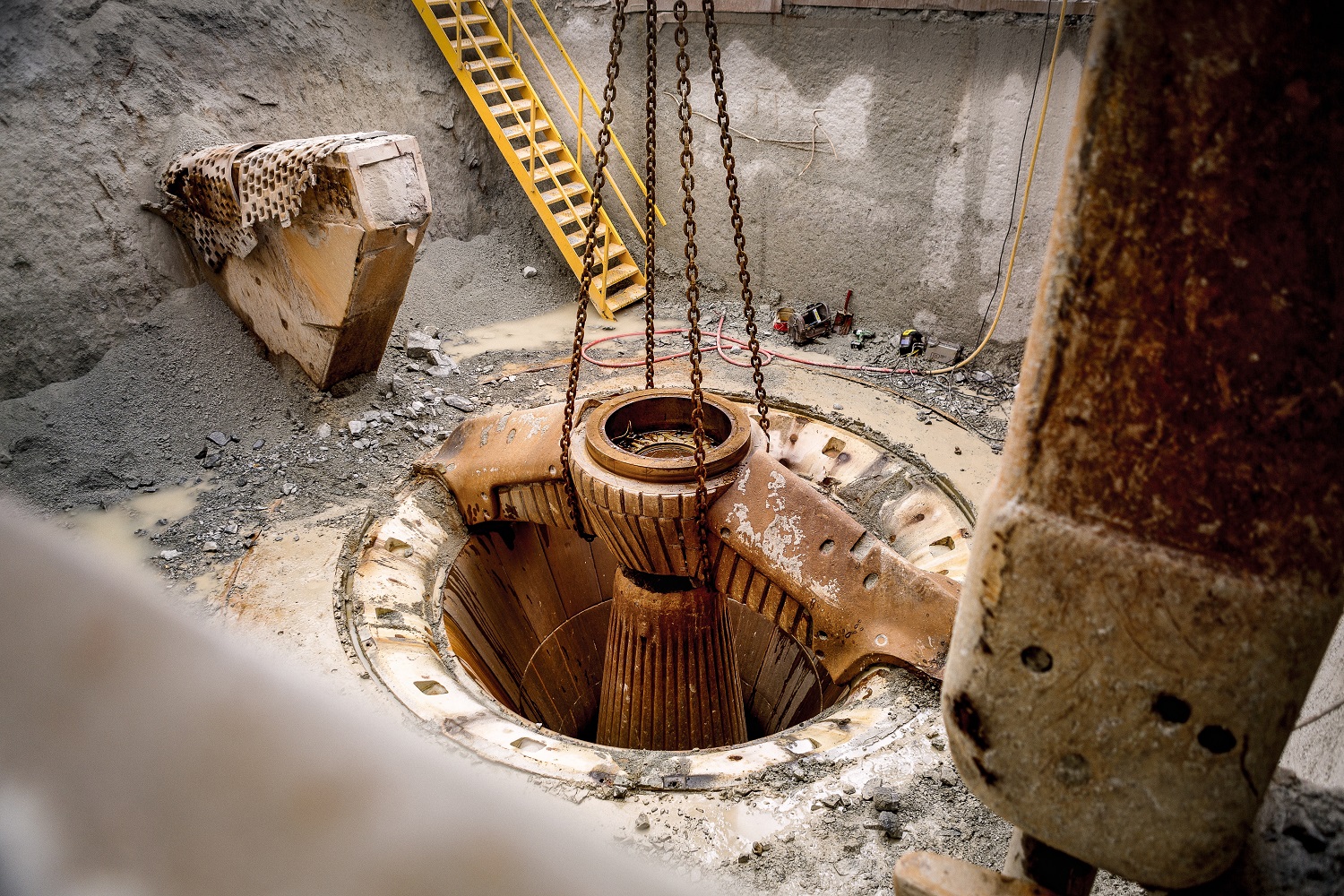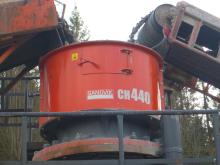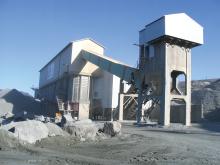
A Metso-led crushing plant rebuild has resulted in a 30% drop in primary crusher power draw at Norstone Tau quarry near Stavanger in Norway. Guy Woodford reports.
When an investment in brand new equipment is not feasible, a rebuild is an option that can also result in significant improvements to a quarry business. This was the case at
The primary gyratory crusher had seen its best days and was consuming excessive amounts of power. The quarry was looking for ways to boost short-term production capacity, and the primary just couldn’t keep up. But a bigger expansion was also on the horizon, likely to include an investment in an in-pit primary crushing solution in five to seven years. So, how to solve the interim bottlenecks?
Norstone decided to call on
Due to the nature and scope of the project, Metso experts were frequently on site to share experiences and requirements with Norstone. Countless hours of measuring, drawing and designing ensued. Metso had to figure out how to increase the crusher’s capacity while lowering the power draw. The final touch, wear part design, also played a key role in the outcome of the project.
Thanks to detailed planning and seamless cooperation between the two parties, the removal of the old parts and the installation and commissioning of the new ones was completed in less than 4 weeks during a pre-planned shutdown in late 2014.
“We have always had good collaboration with Metso. You can really see that the people visiting us are highly skilled, they know what they are talking about, and they’re actually offering us valuable advice,” says plant manager Marie Reumont.
The results speak for themselves. The average power draw during operation has dropped from 250kW to 170 kW, while the average capacity has gone from 900tonnes/hour to 1260tonnes/hour at a 47% load.
According to Reumont, the concave segments now last for about 2.4 million tonnes, which was also the goal. At first, Metso was on site every three months to help follow and monitor wear and to establish a routine.
But the real work of optimising and fine tuning is only just starting. “I think that there is always room for more improvement, however small, so we will keep monitoring this and working to maximise the optimisation,” Reumont says.
“And because the results with Metso have been very good, we are looking into the possibility of further improvements on other machines,” she continues.
First up for optimisation is the secondary crusher. Because the cone produces a finer product, the goals for optimisation are somewhat different. Lifetime extension is not enough; the quality of the end product is another crucial parameter. “We are pleased that Metso has understood our needs so that we can work together in that direction,” the plant manager adds.
“It has been easy to work with Norstone Tau as data received from site is accurate and clear. This gives a good platform to develop parts even further,” says Mikko Malkamäki, Metso Product Specialist, Crusher Wear Solutions.
At Norstone Tau, the hardrock aggregate material is gained through a mixture of drilling and blasting. While the drilling is sub-contracted, the blasting is done internally.
After breakers (hammer on excavator
Norstone Tau offers customers a wide size range of single aggregate products. They are 0-2mm, 0-11mm, 2-5mm, 5-8mm, 8-11mm, 11-16mm, 16-22mm and 22-32mm. The quarry also produces 32-63mm products for use as rail ballast.
Around 15-20 years of aggregate reserves can currently be found at Norstone Tau, with Reumont and her senior site team looking to turn a further 100 years of aggregate resources into useable reserves.
It’s all set to be a highly productive future for Norstone Tau, with the quarry keen to continue drawing on Metso’s engineering know-how for many years to come.
EQUIPMENT ON SITE
CRUSHING
1x Svedala Superior 54-74 gyratory crusher
1x Sandvik CH870 cone crusher
4x Svedala H36 cone crushers
SCREENING
4x WIMA screens
6x IFE screens
LOADING
1x Caterpillar 992K wheeled loader
HAULING
2x Caterpillar 777G dump truck









